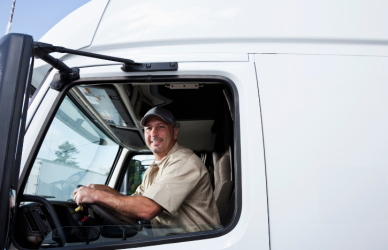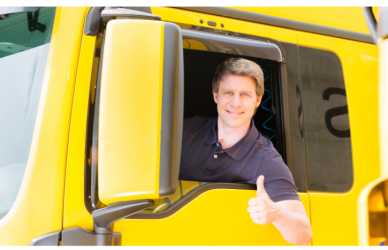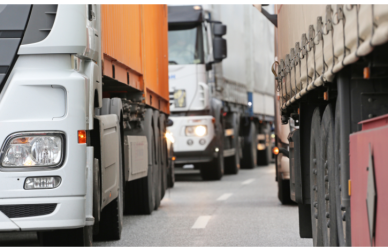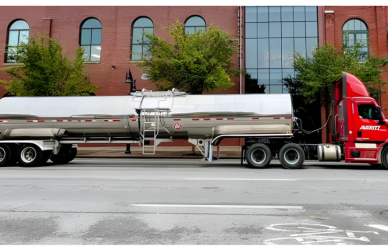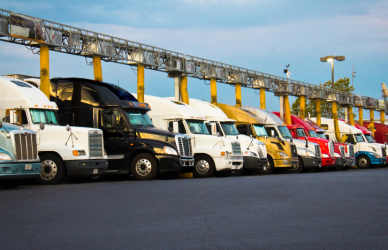When choosing a heavy-duty truck, Freightliner and Western Star stand out as two premier options, each catering to distinct industry needs. Both brands, owned by Daimler Trucks North America, have established themselves as leaders in the market. However, they differ significantly in design, application, and targeted users. Let’s explore the primary distinctions between Freightliner and Western Star trucks.
Design Philosophy and Build Quality
Freightliner Trucks:
Freightliner prioritizes lightweight construction and fuel-efficient designs, making their trucks ideal for long-haul endeavors. The Freightliner Cascadia is particularly noted for its aerodynamic shape that reduces drag and enhances highway fuel economy. These trucks strike a balance between driver comfort and cost-effectiveness, appealing to operators focused on efficiency.
Western Star Trucks:
Western Star trucks are synonymous with rugged durability. Built for demanding conditions, models like the Western Star 47X and 49X boast reinforced steel frames and heavy-duty suspensions. These trucks are tailored for off-road and vocational tasks, making them indispensable in industries such as construction and mining where resilience is paramount.
Engine Performance and Fuel Efficiency
Freightliner:
Fuel efficiency is at the heart of Freightliner’s engineering. Their trucks are often fitted with Detroit engines like the DD13 and DD15, optimized for long-distance travel. Notably, the Freightliner Cascadia offers top-tier fuel economy, thanks to cutting-edge aerodynamics and engine enhancements that can boost efficiency by up to 8%.
Western Star:
Western Star trucks, while equipped with Detroit engines as well, are engineered for powerful performance. The 57X and 49X models house Gen 5 engines that provide the horsepower and torque essential for heavy vocational tasks. Although fuel efficiency is considered, Western Star’s main focus is delivering robust power for challenging environments.
Technological Advancements and Safety Features
Freightliner:
Freightliner leads in incorporating advanced technology, particularly in safety and connectivity. Models like the Cascadia come with the Detroit Assurance suite, including features like adaptive cruise control, collision mitigation, and lane-keeping assist—crucial for enhancing safety on long journeys.
Western Star:
Western Star also integrates modern safety technologies but tailors them for rugged use. The 57X, for instance, includes a digital dashboard and steering controls suited for on-highway and vocational applications. Their trucks are equipped with strong braking systems and features like active brake assist, with a focus on off-road and severe-duty performance.
Market Focus and Applications
Freightliner:
Freightliner trucks are ideal for long-haul and regional operations. The emphasis on fuel savings and advanced tech makes them favorites among logistics firms aiming to reduce operational costs.
Western Star:
Catering to sectors that demand extreme durability, Western Star trucks excel in environments like construction, mining, and logging. The 47X and 49X models are perfect for off-road and vocational tasks, prioritizing power and resilience over economy and comfort.
Freightliner and Western Star both hold esteemed positions within the trucking industry, yet they fulfill different roles. Freightliner is best suited for those seeking fuel efficiency, comfort, and technological sophistication in long-haul operations. Conversely, Western Star meets the needs of industries requiring formidable strength and endurance in harsh conditions.



